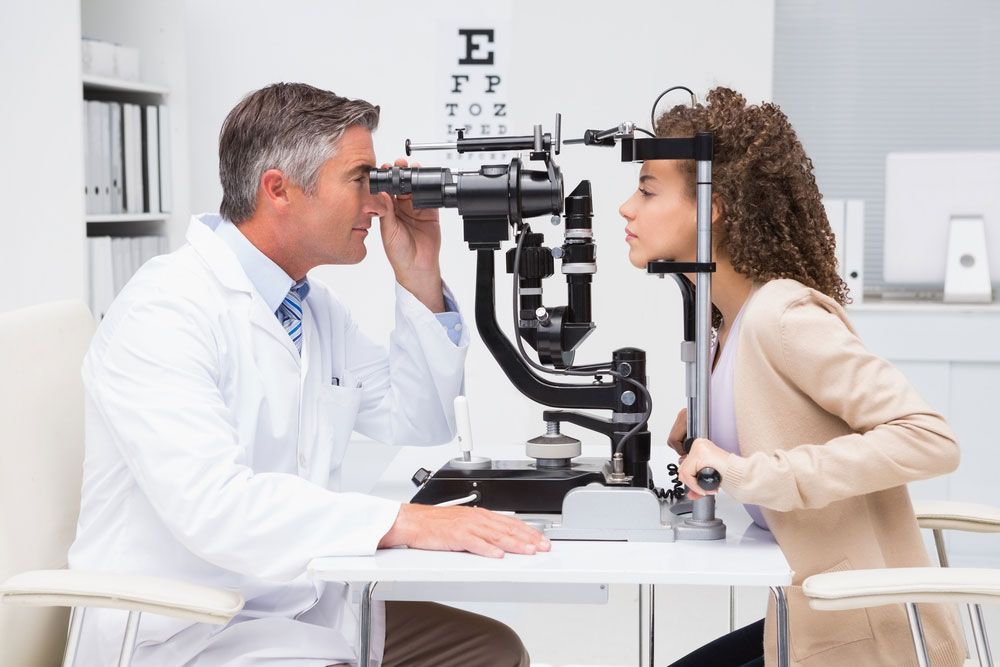Wet macular degeneration (AMD) is a serious eye condition that can lead to significant vision loss if left untreated. It is less common than its dry counterpart but far more severe, often causing rapid vision deterioration. This condition can impact your daily activities, such as reading, driving and even recognising faces. In this article, we will discuss the causes, symptoms and available treatments for wet macular degeneration, while also exploring how it affects quality of life.
Recognise the Basics of Wet Macular Degeneration
Macular degeneration affects the macula, the central part of the retina, which is responsible for sharp, central vision. The two main types of macular degeneration are dry and wet forms. Dry macular degeneration is the more common type, often progressing slowly. In contrast, wet macular degeneration develops rapidly and can lead to significant loss of vision. Abnormal blood vessels grow underneath the retina and leak fluids and blood, which can distort and damage the macula. This leakage can result in scarring, further impairing vision.
Although wet macular degeneration accounts for only about 10% of all AMD cases, it leads to approximately 90% of legal blindness due to its rapid progression. Early detection and treatment are crucial for managing the condition and preserving vision. Regular eye exams with an eye specialist are essential for timely diagnosis and intervention.
Differentiate Between Dry and Wet Macular Degeneration
Understanding the differences between dry and wet macular degeneration is important for both diagnosis and treatment. Dry AMD typically progresses gradually, marked by the accumulation of yellow deposits called drusen beneath the retina. While this form leads to slow vision loss, it can transition into the more severe wet form. Wet AMD, however, is characterised by the growth of abnormal blood vessels, leading to fluid leakage and scarring in the retina.
The symptoms of wet AMD can include straight lines appearing wavy (metamorphopsia), blurred central vision and a sudden decline in the ability to see fine details. These changes can make daily tasks like reading or driving challenging. Optic coherence tomography (OCT) and fluorescein angiography are often used by eye specialists to distinguish between the two forms of macular degeneration and determine the best course of treatment.
Understand the Prevalence of Wet Macular Degeneration
Wet macular degeneration is more common in people over the age of 50, with its prevalence increasing as the population ages. It is more commonly seen in Caucasians than in other ethnic groups, and women are at a slightly higher risk than men. These demographic trends highlight the importance of targeted screening efforts to detect early signs of AMD, especially for at-risk populations.
Regions with aging populations face a particular challenge in managing macular degeneration due to the higher number of cases. Areas with limited access to eye care might experience underreporting, which further emphasises the need for improved outreach and resources. As the global population ages, increased awareness of wet AMD and regular check-ups with an eye specialist will be vital to mitigating the impact of the disease.
Recognise Symptoms Early
Early recognition of wet macular degeneration symptoms is crucial to preventing significant vision loss. Patients may experience distorted or blurred central vision, difficulty recognising faces and wavy lines when looking at straight objects. These early signs should not be ignored, as they can lead to faster deterioration if left unchecked.
An eye specialist can help diagnose the condition through regular eye exams, which can also detect other health problems affecting the eyes. A simple tool like the Amsler grid can help patients identify vision distortions early. Early intervention can slow disease progression, making it essential for those at risk to undergo routine check-ups.
Track the Progression of Symptoms
Wet macular degeneration can progress quickly, and symptoms tend to worsen over time. As the disease advances, central vision becomes increasingly impaired and activities such as reading and driving become more difficult. Peripheral vision usually remains intact, but the clarity needed for tasks requiring fine detail is lost.
Regular monitoring by an eye specialist is critical for tracking changes in symptoms. This helps doctors adjust treatments as necessary, improving the chances of slowing the disease. Adaptive strategies, such as using magnification tools or adjusting the lighting in the home, can help patients maintain their independence as their vision deteriorates.
Diagnose Wet Macular Degeneration
Accurate diagnosis is essential to effectively managing wet macular degeneration. Eye specialists rely on several advanced diagnostic tests, such as optical coherence tomography (OCT) and fluorescein angiography, to identify the condition. OCT provides detailed images of the retina and macula, while fluorescein angiography uses a dye injected into the bloodstream to highlight blood vessels in the eye.
Routine eye exams play a key role in detecting changes in vision, especially for those over 50 or with a family history of macular degeneration. Regular assessments can identify potential problems early, enabling faster intervention and preventing irreversible sight damage.
Identify Misdiagnosis Risks
Wet macular degeneration can sometimes be misdiagnosed because its symptoms overlap with other eye conditions. Conditions like retinal detachment or central serous retinopathy can present similar symptoms, leading to potential diagnostic errors. To avoid misdiagnosis, it is important to consult an eye specialist who can interpret test results and symptoms accurately.
Patients should seek a second opinion if they suspect misdiagnosis. Regular visits to an eye specialist can help ensure timely and accurate treatment, which is crucial for managing wet AMD.
Prioritise Regular Eye Examinations
Regular eye examinations are essential for detecting wet macular degeneration in its early stages. These exams allow eye specialists to monitor changes in vision and identify any signs of AMD. Early detection increases the chances of successful treatment and reduces the risk of severe vision loss.
For individuals over 50, eye exams should be part of their regular healthcare routine. The sooner AMD is detected, the sooner treatment can begin, slowing its progression and improving quality of life. If you notice changes in your vision, it's vital to consult an eye specialist as soon as possible.
Know the Risk Factors
While genetic factors play a significant role in the development of wet macular degeneration, environmental and lifestyle factors also contribute. A family history of AMD increases an individual's risk, and genetic markers have been identified that can help predict the likelihood of developing the disease.
Lifestyle choices such as smoking and excessive sun exposure can further increase the risk of wet AMD. Research continues to explore how genetic and environmental factors interact to influence disease development. In the meantime, maintaining a healthy lifestyle and regular eye exams can help reduce the risk of developing this condition.
Wet macular degeneration is a serious condition that can lead to significant vision impairment. With early detection and treatment, however, it is possible to slow its progression and preserve vision. Regular eye exams with an
eye specialist, particularly for those at risk, are crucial to managing this disease effectively. By staying proactive and seeking timely treatment, you can protect your eyesight and maintain a high quality of life. The earlier the condition is identified, the more effective the treatment options can be in preventing further damage.
If you notice any changes in your vision, don't wait to seek professional help. It's important to act as soon as you notice any symptoms, as early intervention can make a significant difference. Contact 130 Eye today to book an appointment with our eye specialists and take the first step in preserving your vision. Our team is here to provide expert care and support tailored to your individual needs. Don’t let macular degeneration take control—schedule your eye exam now and stay ahead of the condition.


